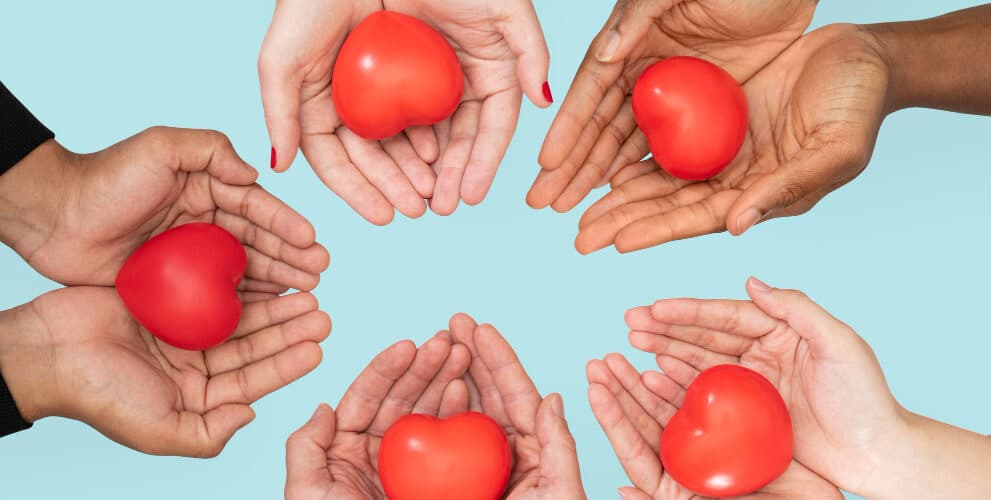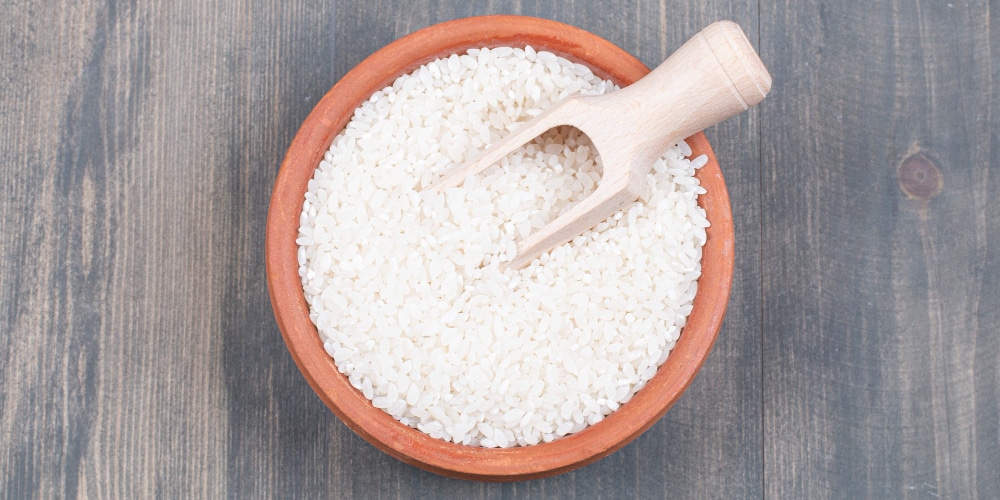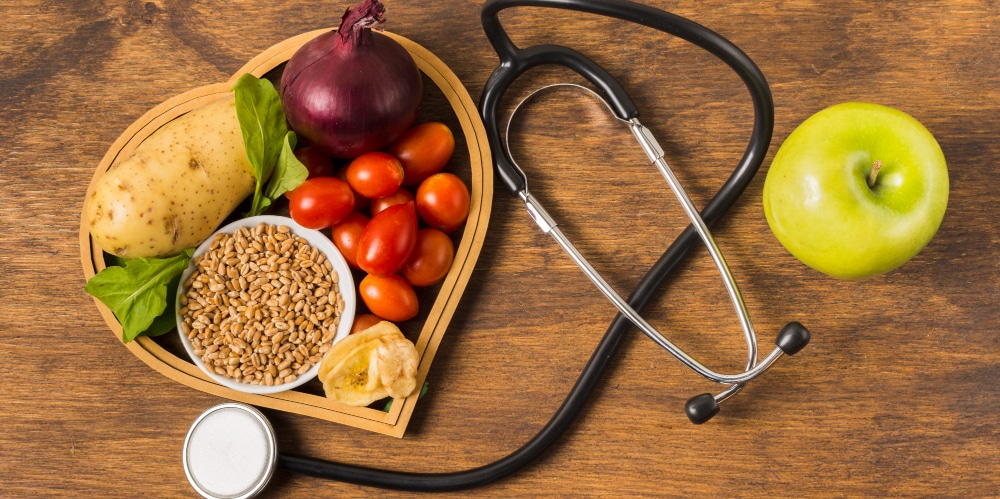Latest
World Organ Donation Day: India’s organ transplants hit a record high, yet thousands are still waiting; here’s why
Organ donation in India has seen significant progress, with a record of more than 18,900 transplants performed in 2024, placing the country third globally. However, a substantial gap persists between the soaring demand and limited supply
Author
Author
- admin / 4 months

- 0
- 6 min read

Author
On August 2, Union Health Minister JP Nadda lauded India’s progress in the field of organ transplantation, marking a record-breaking year. “Due to the unwavering dedication of our transplant professionals, India achieved a remarkable milestone of performing over 18,900 organ transplants in 2024, the highest ever recorded in a single year. This is a significant leap from fewer than 5,000 transplants in 2013. India ranks third globally in the total number of organ transplants, behind only the United States of America and China,” he said, speaking at the 15th Indian Organ Donation Day organised by the National Organ and Tissue Transplant Organisation (NOTTO) in New Delhi.
The achievement is significant: from 7,443 organ transplants in 2020 to 18,910 in 2024, India’s numbers have more than doubled in just five years. The number of organ donors has also surged by nearly 144% during the same period. Yet, as the minister acknowledged, this progress still falls short of the actual need.
Why is there a gap between need and supply?
While these numbers are encouraging, the demand for organ transplants continues to far outstrip the available supply. According to NOTTO, each year, 2.5 lakh people require kidneys, 1 lakh need corneas, 80,000 need livers, and 50,000 need hearts. Yet the organ donation rate in India remains under 1% of the population.

As Dr Arvinder Singh Soin, Padma Shri awardee and pioneer of liver transplantation in India, points out, the reality is sobering. “Last year, there were about 1,100 brain-dead donors in the entire country. That gives you a donation rate of about 0.6–0.7 per million people. To meet our needs, we have to reach at least 10–15 per million.”
The data from NOTTO underscores this disparity. As of the latest figures, total registrations for organ transplant stand at 3,79,735, with 2,19,572 male and 1,58,686 female registrants. Rajasthan leads with 90,187 pledges, followed by Maharashtra (68,611) and Karnataka (44,739). At the bottom of the list are Lakshadweep (9), Ladakh (33), and Nagaland (61).
Breaking it down by organ, the highest pledges are for the liver (2,62,410), heart (2,60,297), and lungs (2,40,734). Corneas — the most common transplant — have 57,426 pledges, while kidneys, one of the most in-demand organs, have only 67,438.
Globally, the disparity is even clearer. According to the Global Observatory on Donation and Transplantation, only 10% of global transplant demand is being met, with substantial disparities—transplantation rates exceed 130 per million population (pmp) in the USA and Spain, compared with 12 pmp in India. The donation rates in Spain are about 52.6 per million, in the UK are about 20.6 per million, and in the US are about 44.5 per million.
What is the connection between organ donation and a driving license?
In March 2018, the Union Ministry of Road Transport and Highways amended the Central Motor Vehicle Rules to include an “Organ and Tissue Donation” option in driving licence application and renewal forms. The move followed over a decade of advocacy by NGOs like the MOHAN Foundation and “Gift Your Organ,” which had campaigned for this clause since 2006.
Road accidents claim around 1.48 lakh lives annually in India, many involving brain injuries that could make organ donation possible. Linking the pledge to driving licences is a proven practice in countries such as the US, UK, Spain, and Australia, where the driver donor registry is often the first reference point before approaching families.
India’s 997 RTOs issue over 1.15 crore fresh or renewed licences each year, presenting a huge opportunity for awareness. However, most applicants tick “No” simply because they are unaware of the option or its significance. Without proper visibility and explanation, clerks may mark the choice by default. If implemented effectively, the driving licence pledge could normalise organ donation, ease consent procedures at critical moments, and help close the gap between the need for transplants and the availability of organs.
Myths and misconceptions
Common myths — “I am too old to donate organs” or “my family will have to bear the cost” — discourage potential donors. In reality, there is no upper age limit for organ donation, and the donor’s family does not bear any retrieval costs.
“Some families believe their loved ones will not have the same organs in the next life if they donate now. Others think their religion forbids it. In truth, no mainstream religion prohibits organ donation. And then there’s the confusion about brain death — because the heart is still beating and the person appears alive, families often refuse to believe their loved one has passed away,” highlights Dr Soin.
Adding to this is the suspicion that organs might be sold for profit. “Every transplant is heavily regulated,” Dr Soin stresses. “Details are submitted to the ministry soon after surgery. There is never any misallocation of deceased donor organs. But perceptions take time to change.”
Rising need and what can be done
The demand for donor organs is soaring, especially for livers. Dr Soin warns of a looming crisis driven by Metabolic Dysfunction Associated Steatotic Liver Disease (MASLD), earlier called Non-alcoholic Fatty Liver Disease (NAFLD). “In India, four in ten adults have a fatty liver; up to 15% may develop serious disease if not addressed. This is now the leading cause of liver failure.”
“India conducts about 5,000 liver transplants annually — second only to the US — but 80–90% are from living donors. Only around 1,000 came from deceased donors last year. Meeting actual demand would require a 15–20-fold increase,” says Dr Soin.
Awareness, he stresses, must be led by the state. While NGOs and hospitals play a role, a national movement needs sustained government push. Positive steps include adding the donor option in driving licences since 2017–18 and introducing organ donation in school textbooks. Benefits such as health insurance for donor families could help, though financial incentives are not acceptable.
“In every hospital or department, there are champions — intensivists, grief counsellors, health officials — who take pride in convincing families to donate organs and save lives. Also, people must understand that organ retrieval isn’t about taking organs from those who can recover. It’s only from the brain dead — a form of death where there’s no chance of waking up. The people who are working for this cause deserve recognition for their role in increasing donations and saving lives,” says Dr Soin.
In 1998, Dr Soin performed India’s first deceased donor liver transplant. It happened only because the family, familiar with corneal donation, agreed. “Back then, there was no system in place. My colleague and I had to counsel the family ourselves — something no surgeon does today. The patient survived and was discharged in 13 days. That case set the stage for transplantation in India.”
Since then, India has made undeniable progress, but the gap between need and supply remains staggering.
“The gift of life is the greatest gift of all. Please don’t take your organs to heaven. Heaven knows we need them here,” Dr Soin expressed.
Also read: World Organ Donation Day: The top 5 myths around organ donation
(Do you have a health-related claim that you would like us to fact-check? Send it to us, and we will fact-check it for you! You can send it on WhatsApp at +91-9311223141, mail us at hello@firstcheck.in, or click here to submit it online)










